Periorbital Botox: How to Treat Crow’s Feet
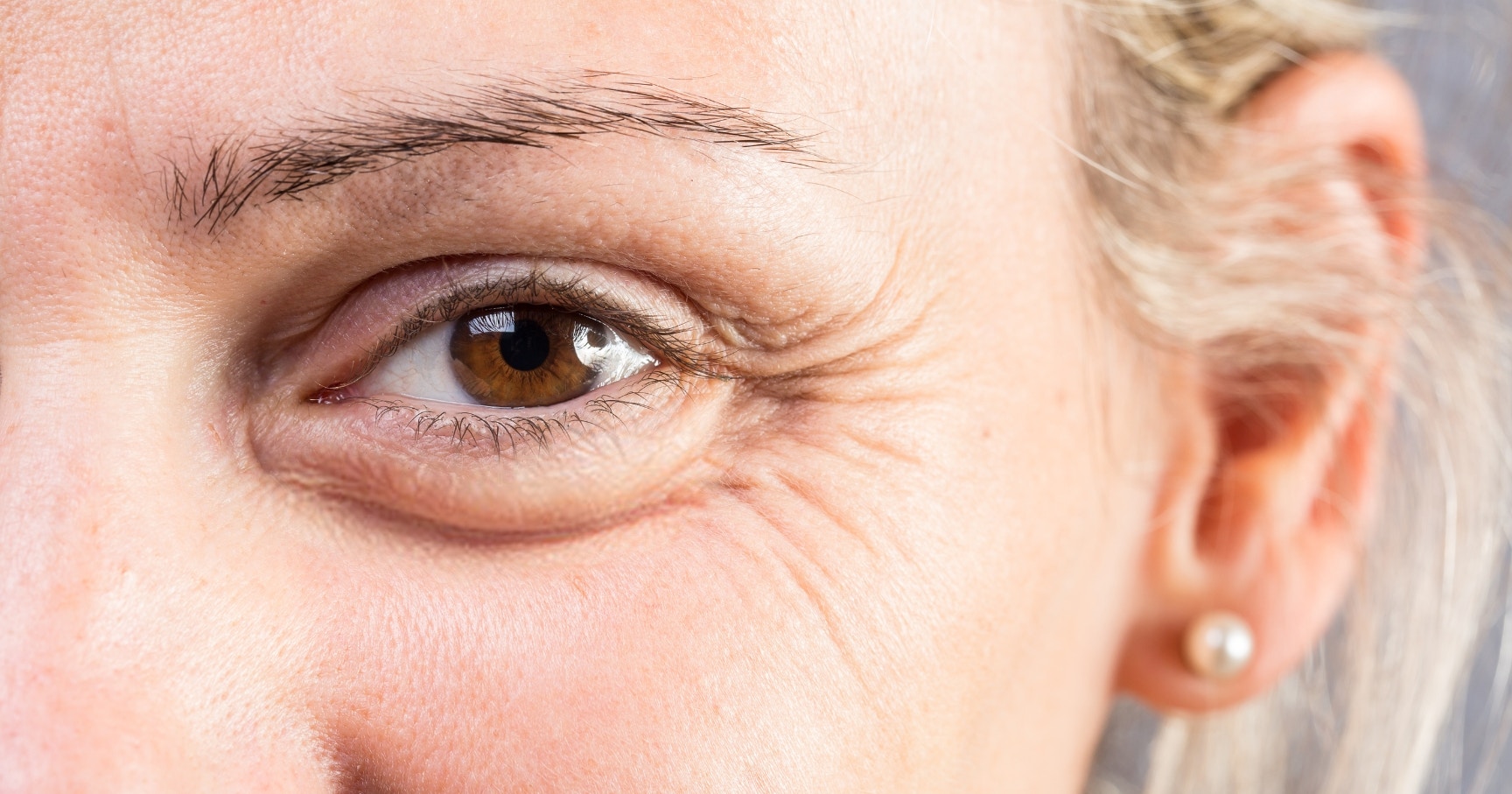
Here’s everything you, as an injector, need to know about periorbital botox, specifically how to treat crow's feet.
Clinical trainer and aesthetics specialist Kate Smith, RGN, offers her clinical insights into these fine lines around the eyes. Kate is an aesthetic nurse and completed her Level 7 Diploma in Botox & Dermal Fillers with Harley Academy.
What are crow's feet?
Kate tells us, “Crow’s feet or 'laughter lines' around the eyes are anatomically known as lateral canthal lines. These are a common concern among individuals seeking medical aesthetic interventions.
“These fine lines and wrinkles, which radiate from the outer corners of the eyes, are often associated with ageing. They can impact a patient's appearance and self-confidence significantly.”
What causes them?
Kate explains, “The breakdown of collagen and elastin fibres in the skin around the eyes causes crow’s feet. These develop over time through repetitive facial expressions, such as squinting, smiling, laughing, crying, and even sun exposure.
“As a result, dynamic wrinkles form, manifesting as crow’s feet lines when the orbicularis oculi muscle contracts. Over time, these fine lines may start appearing on your face when you’re not smiling, or at rest. These are often referred to as ‘static’ lines.
She continues that “other contributing factors may play a role in how the skin around the eye area ages. For example, age-related intrinsic factors such as:
- Loss of skin elasticity
- Hyperactive muscles
- Loss of collagen and fat
- Bone loss.”
Extrinsic factors linked to laughter lines
Kate further notes that “external factors can lead to skin damage too. Smoking, exposure to the sun, whether you use sunscreen and diet all contribute to the formation of facial lines.”
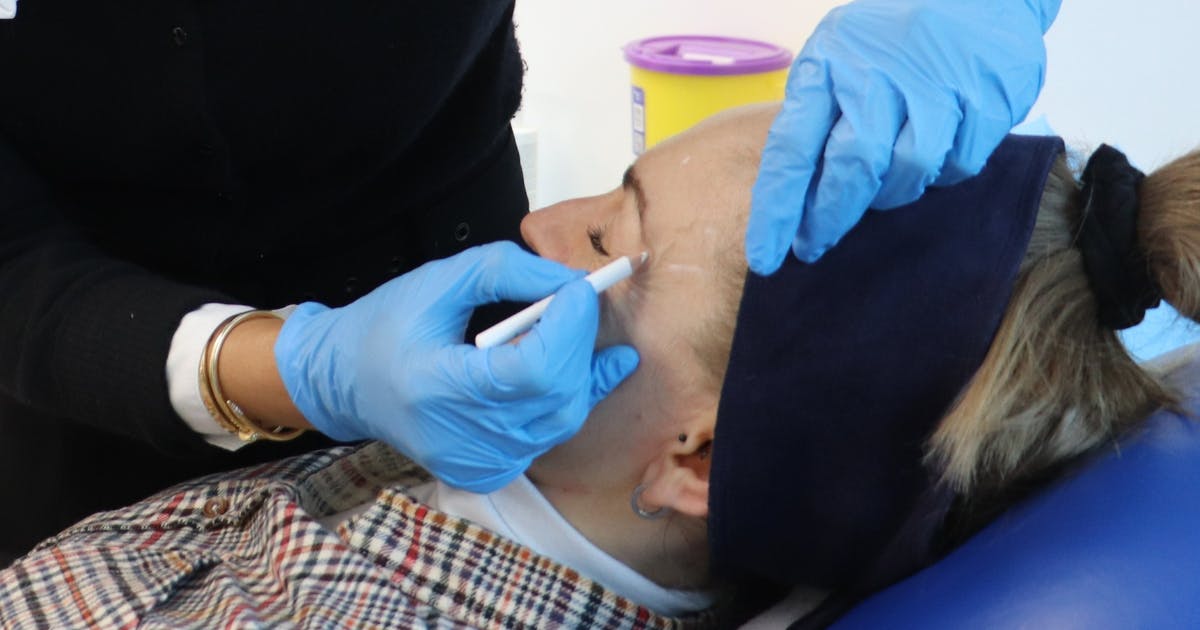
Understanding facial anatomy is the first step in treating crow's feet
“To effectively address crow’s feet lines, it’s essential to understand the underlying anatomy,” Kate shares.
Understanding facial anatomy is, in fact, crucial when treating every area. For that, you need comprehensive medical aesthetics training.
Like Kate, you can learn about facial anatomy and how various factors affect each layer of the skin on our Level 7 Diploma in Botox & Dermal Fillers course.
The role of the orbicularis oculi muscle
“The orbicularis oculi muscle plays a crucial role in the formation of crow’s feet lines. This circular sphincter muscle surrounds the eye and acts as a depressor when activated.
“The main function of the orbicularis oculi muscle is to close the eyelids, which occurs when the muscle contracts.
“Contraction of the muscle also assists in draining tears from the eyes via the lacrimal gland pump system. This is important when considering patients with oedema around the eye area.” With these patients, consider not treating or reducing the toxin dose so as not to worsen any present oedema.
How to treat crow’s feet using botox
Kate reports that “Botulinum toxin injections are probably the most popular choice for minimising the appearance of dynamic wrinkles.
“By temporarily relaxing the orbicularis oculi muscle, and blocking muscle contractions, these neurotoxin injections can smooth out crow’s feet lines. This also theoretically reduces further wrinkle formation in the future.”
As always, do discuss realistic expectations with your patients. For example, it’s unlikely that more static lines will resolve with this treatment.
To treat crow’s feet with botox, inject superficially into the dermis approximately 1 cm away from the orbital rim. The licensed dose is 4 units per point, at 3 points, with a total of 12 units per side.
Take care to ensure injections are not placed:
- Too close to the orbital rim, so that the ocular muscles are not affected and the eye can perform it’s aperture function
- Too deep at the lower aspect, so that the smile muscles are not affected
- Too deep at the upper aspect, so that the lacrimal gland is not affected.
It’s useful to consider other options to manage crow’s feet alongside botox plans.
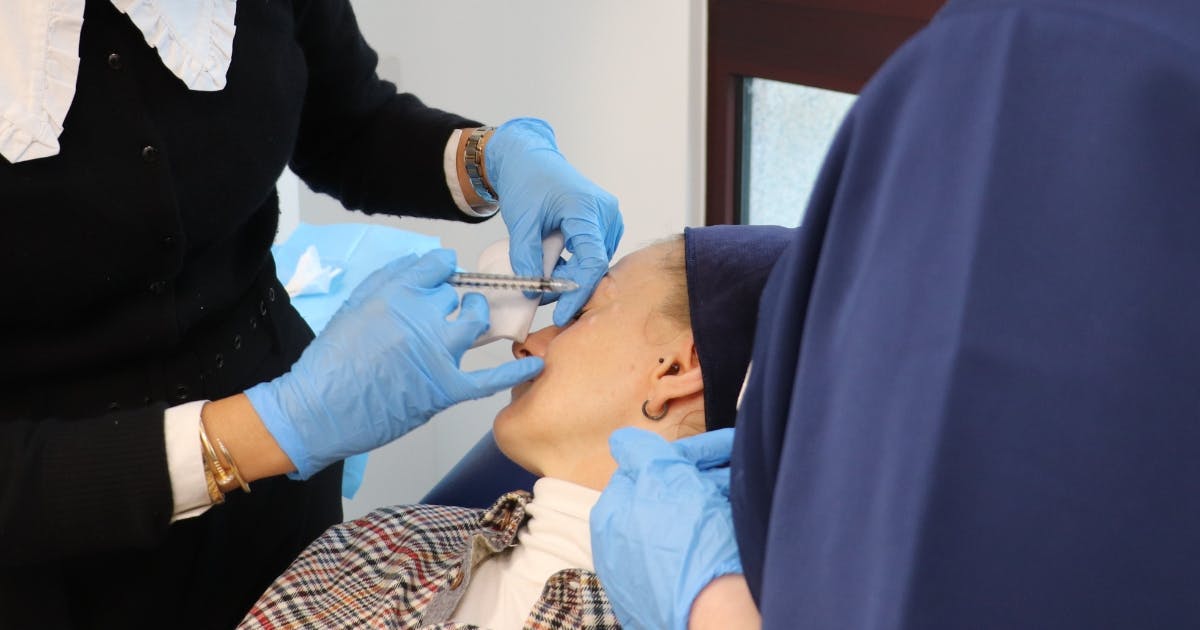
How to treat crow’s feet without using toxin
Kate states, “Medical aesthetic practitioners have multiple treatment options available. All of which effectively target crow's feet lines and rejuvenate the delicate eye area.” She lists the following…
Lifestyle choices
“Minimising sun exposure and wearing SPF 30+ or higher can protect your skin from harmful UV rays from the sun.” Ideally a broad spectrum SPF 50 should be worn daily all year round and reapplied regularly throughout the day.
“Wearing sunglasses or a wide-brim hat will shield your eyes from the sun's rays. This can help prevent squinting, contributing to muscle contraction, fine line and wrinkle formation.”
Skincare to support treatments
“Targeted skincare formulations containing retinoids, peptides, and antioxidants can complement treatments and prolong the results of crow’s feet treatments.
“Using sunscreen and an eye cream can help strengthen the delicate skin around the eye area and prevent fine lines from forming.”
Skin treatments for crow’s feet
“Incorporating minimally invasive skin treatments, such as chemical peels or microneedling, can further enhance the efficacy of crow's feet treatments.
"These minimally invasive procedures which allow penetration deep into the dermis stimulate collagen production and improve skin texture. This results in smoother, firmer skin around the eyes.”
There are also newer treatments available, like polynucleotide injectables, that can help to improve skin quality in the region.
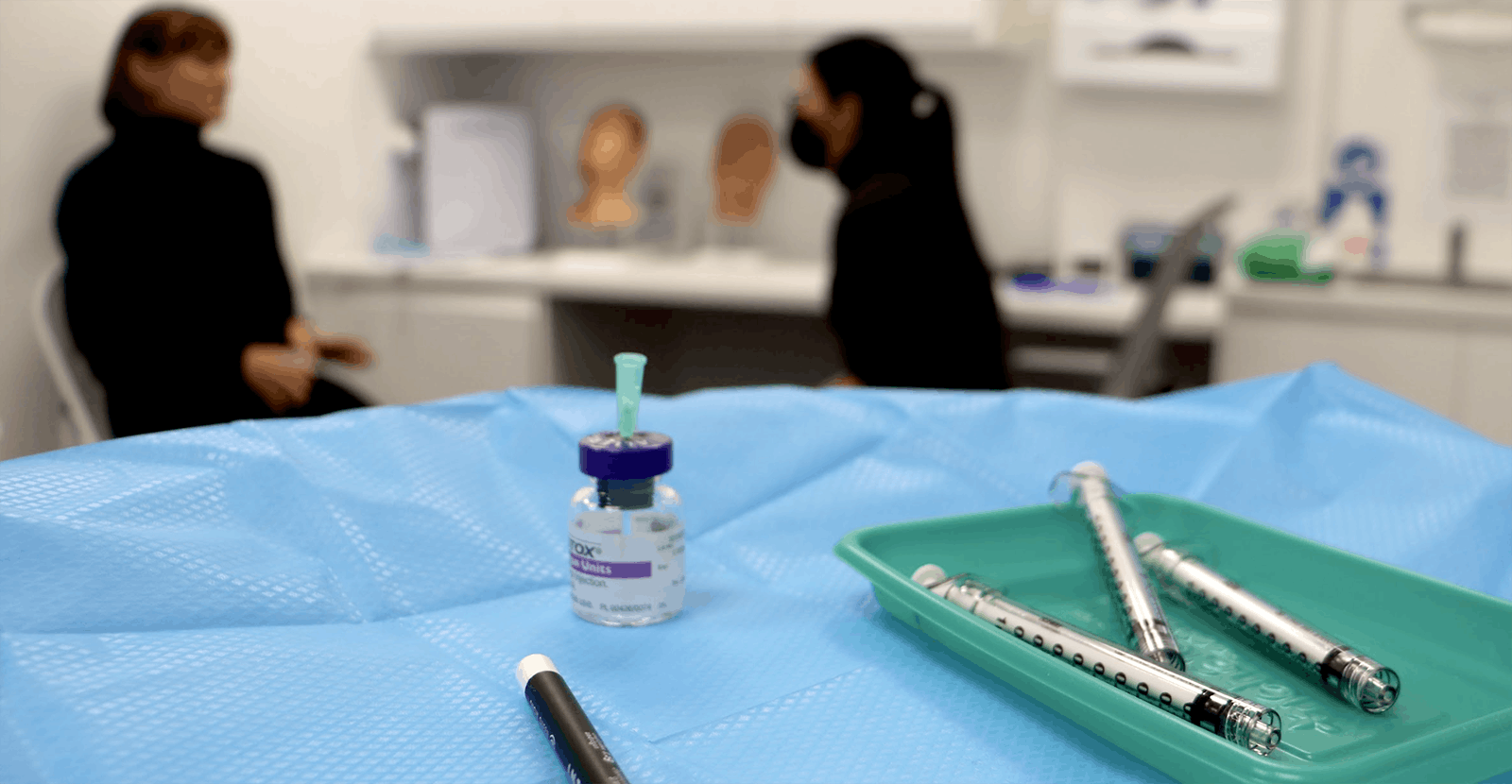
Botox Mistakes to Avoid When Treating Crow’s Feet
Where not to inject
Kate has outlined how to treat this area; now let’s get her feedback on where not to inject! Here’s her advice on common mistakes to avoid when treating the crow’s feet.
Anatomy is key when injecting crow’s feet botox
Kate emphasises, “Injecting botox into the crow’s feet area requires precision and expertise. Understanding facial anatomy is essential to avoiding complications from botox injections to this area.”
How to avoid bruising from periorbital botox
“Because of the thin skin and superficial location of blood vessels in this region, bruising is a common complication,” Kate explains.
She continues, “Typically, a 30g needle or smaller is used to administer the neurotoxin into specific points along the orbicularis oculi muscle.
“Injecting superficially into the subdermal region allows for diffusion of the toxin into the underlying muscle. As a medical aesthetics practitioner, you must carefully assess the patient's facial expressions and dynamic wrinkles to determine the optimal injection sites and dosage.”
Injection techniques for preventing eyelid ptosis
“Maintaining a distance of 1 cm from the orbital rim and ensuring to inject contralaterally, away from the eye, will avoid spreading toxin to the eyelid.
“The eyelid houses the levator palpebrae superioris muscle. Therefore, the spread of toxin to this muscle can cause a rare eyelid drooping complication, known as eyelid ptosis.
Injection techniques for preventing asymmetric smile
“The zygomaticus major muscle arises anterior and deep to the orbicularis oculi muscle. This muscle is responsible for moving the angle of the mouth with laughing, smiling and chewing.
“It’s important to keep the inferior injection point to the crow’s feet superficial and within the muscle bulk. If you inject too deeply, inferior toxin migration can result in the denervation of the zygomaticus major muscle. This’ll cause a saggy appearance as the patient smiles and drooping of the corners of the mouth when smiling!” Kate shares.
These are injection techniques that you’ll learn in all our botox training courses.

Prevention tips for common periorbital botox mistakes
When it comes to avoiding making common mistakes, Kate advises aesthetics practitioners, “Consider the safety margins. Furthermore, learn about the impact of injections on muscles of proximity.” Even if you aren’t treating them, it can help to avoid causing additional complications. There is anatomical variation to consider as well, so examining your patients at rest and on expression, is key.
“Always assess the increasing risks as you move from one area into another. Think about what other structures could be affected. Injecting botox is a balancing act, there’s no absolute safe position. Therefore, we must aim for the best outcome with minimal risks for the best results,” she highlights.
There are two additional aspects Kate draws attention to as areas for specific measures…
Communicating with botox patients
The first is how you communicate with your patients when they request this treatment. Kate stresses, “Don’t over-promise results! Engage your patient in discussions around excessive doses, resulting in a frozen or unnatural look.
“Skin quality in the periorbital area must be assessed and palpated for thickness and elasticity. Your patient’s skin laxity should alert you to discuss with them that botox may not be adequate to address their crow’s feet concerns.
“Similarly, we shouldn’t promise patients that we can treat static lines. Remember, botulinum toxin targets the muscle action and not the lines and wrinkles that have already formed over time!”
Tailor your treatment plans to each patient
Secondly, she counsels to treat each patient as an individual and create bespoke treatment plans just for them.
Kate tells us, “As medical aesthetic practitioners, it's essential to tailor treatment plans to each patient's unique concerns and aesthetic goals. A detailed medical consultation will allow you to correctly identify the patient's main concern. This way the treatment can be customised to your individual patient's needs.
“Combining a comprehensive understanding of facial anatomy with innovative techniques and technologies means we can effectively address crow’s feet. This can help our patients achieve a refreshed, youthful appearance with confidence. Thorough training, ongoing education, and a meticulous approach are essential for achieving safe and satisfactory results.”
Why upper face botox treatments are important to perfect
Upper face toxin treatments, including treating the fine crow’s feet lines around the eyes, are something you’ll learn on your first day of practical aesthetics mentoring. Often this is your Foundation Training in Botox & Dermal Fillers.
They’re fairly straightforward to get started with as a healthcare professional who’s new to aesthetic medicine. However, truly understanding the anatomy, injection techniques and how to prevent complications will make you stand out from competitors.
The beauty of offering toxin treatments is that they’re a quick, elementary injectable that is in demand. Botox also offers high rates of patient satisfaction when administered correctly. This is a treatment many injectors start their aesthetics careers with and use to build their practice with, so getting it right can really help you make a name for yourself.
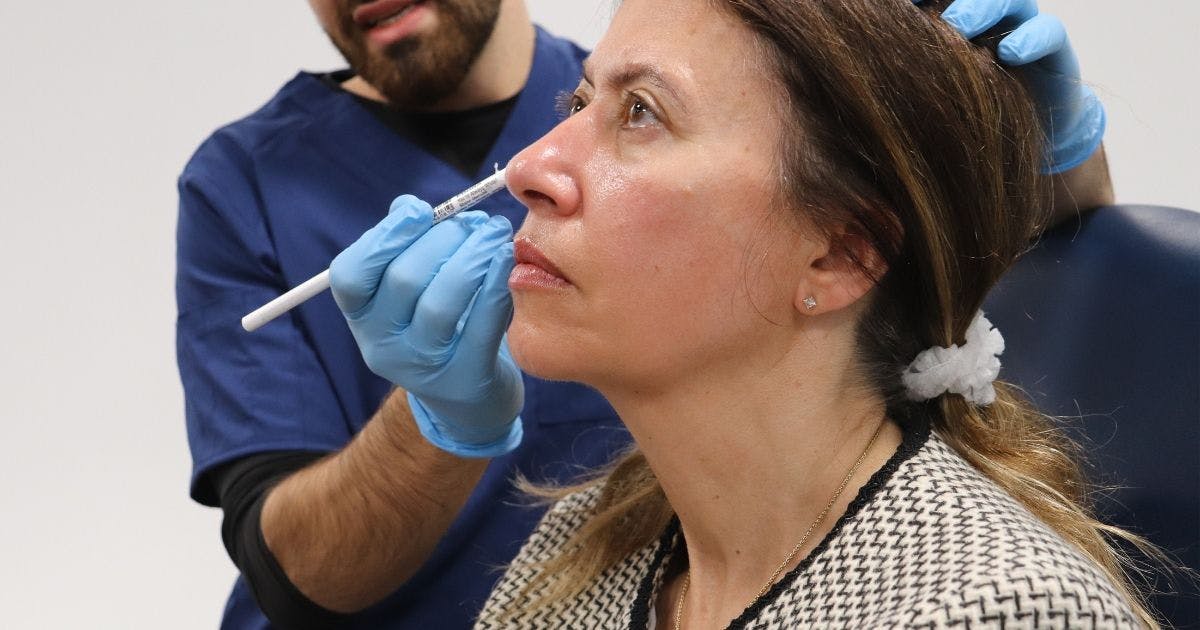
Offer your patients an holistic treatment plan
Foundation training - as the name implies - is just the start. This allows you to get a solid grounding in cosmetic injectables but to really build your competence and knowledge, further learning is always advised.
Many new aesthetics practitioners also find they really enjoy the practical mentored injecting aspect so much that they can’t wait to do more botox courses - and filler - so they can enhance their skills under specialist guidance.
Our Level 7 Diploma courses are designed to help you to become a confident, safe and ethical practitioner. Not only will you learn where to inject botox and fillers, but also where not to inject. Through guided mentoring, eLearning and practice, you’ll build your experience, enhancing your confidence.
If you’re looking for aesthetics training that empowers a skin-first approach, our Combined Level 7 Diploma, blends cosmetic dermatology with injectables training.
You’ll learn how to safely execute treatments such as Profhilo and microneedling as well as botox and filler. So when it comes to creating bespoke treatment plans , you’ll be able to offer your patients a holistic view.
Our Combined Level 7 course consists of eLearning, live injecting demonstrations and one-to-one mentoring for a 360º learning experience.
If you’d like to hear more about how we can help you achieve your career goals, book a call with one of our Course Advisors.
All information correct at the time of publication
Download our full prospectus
Browse all our injectables, dermal fillers and cosmetic dermatology courses in one document
By submitting this form, you agree to receive marketing about our products, events, promotions and exclusive content. Consent is not a condition of purchase, and no purchase is necessary. Message frequency varies. View our Privacy Policy and Terms & Conditions
Attend our FREE open evening
If you're not sure which course is right for you, let us help
Join us online or in-person at our free open evening to learn more
Our Partners














STAY INFORMED
Sign up to receive industry news, careers advice, special offers and information on Harley Academy courses and services

